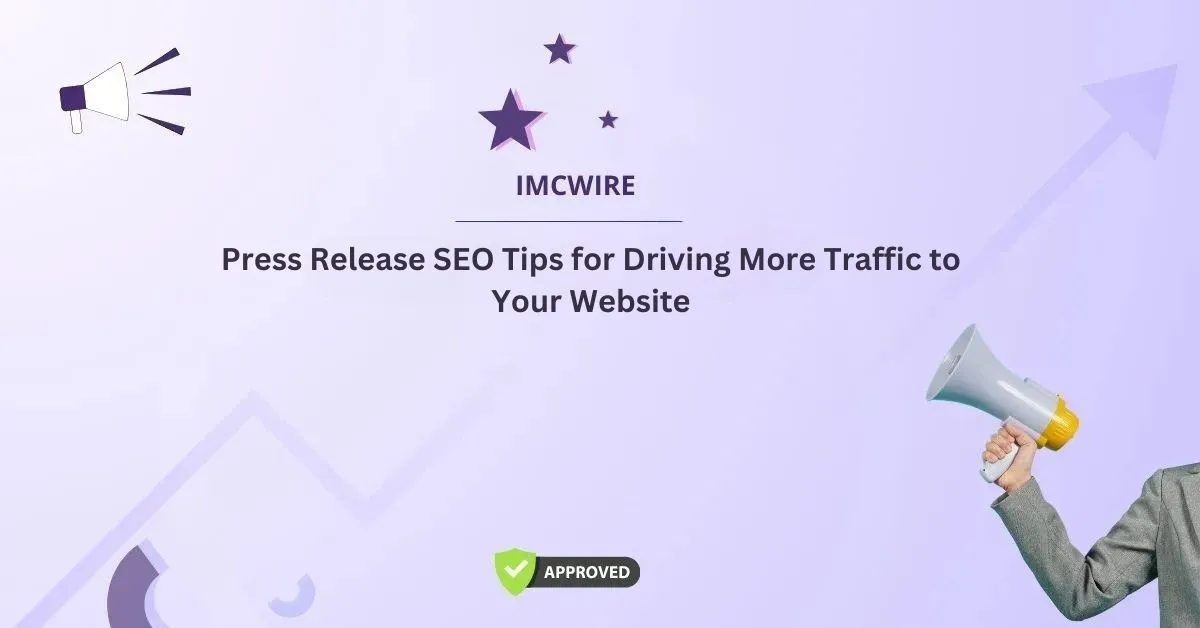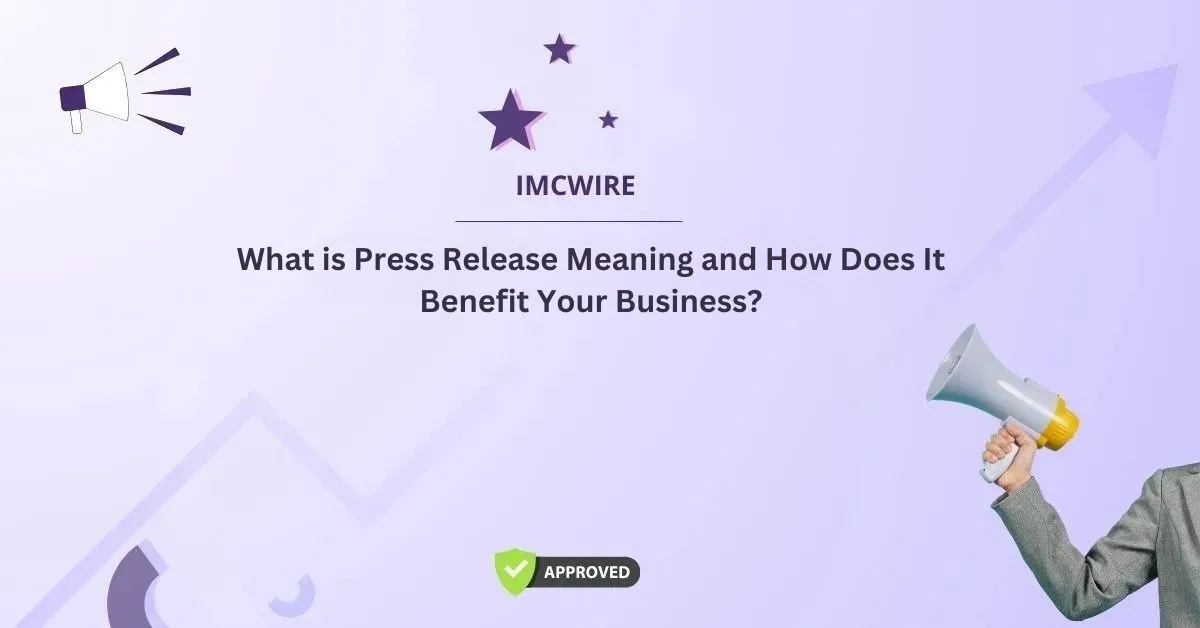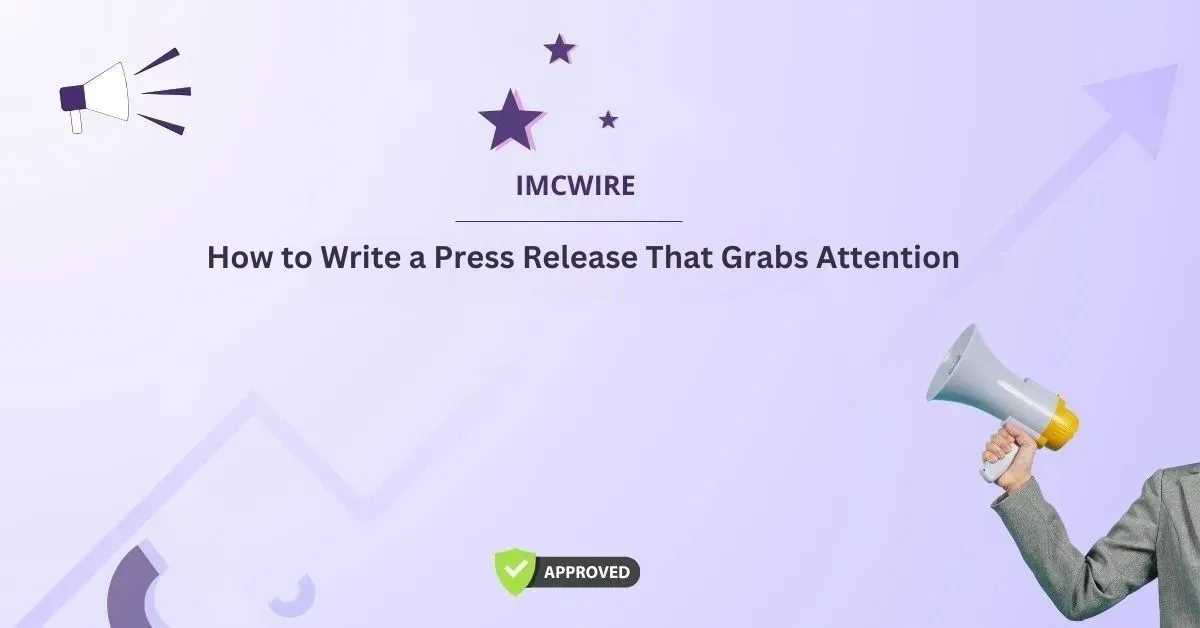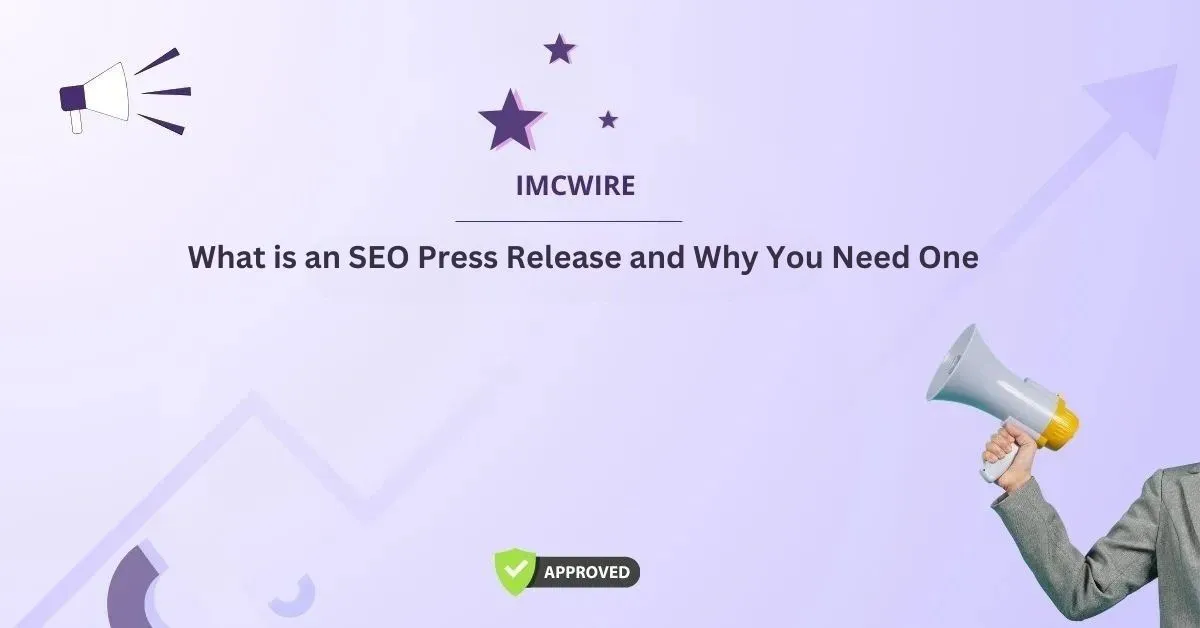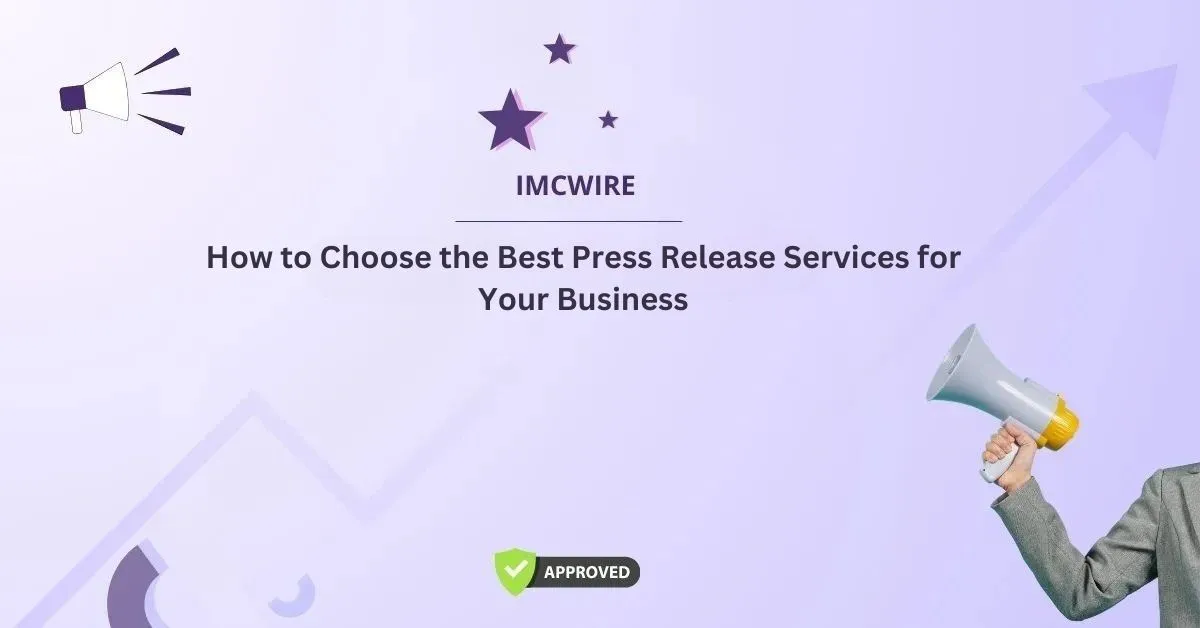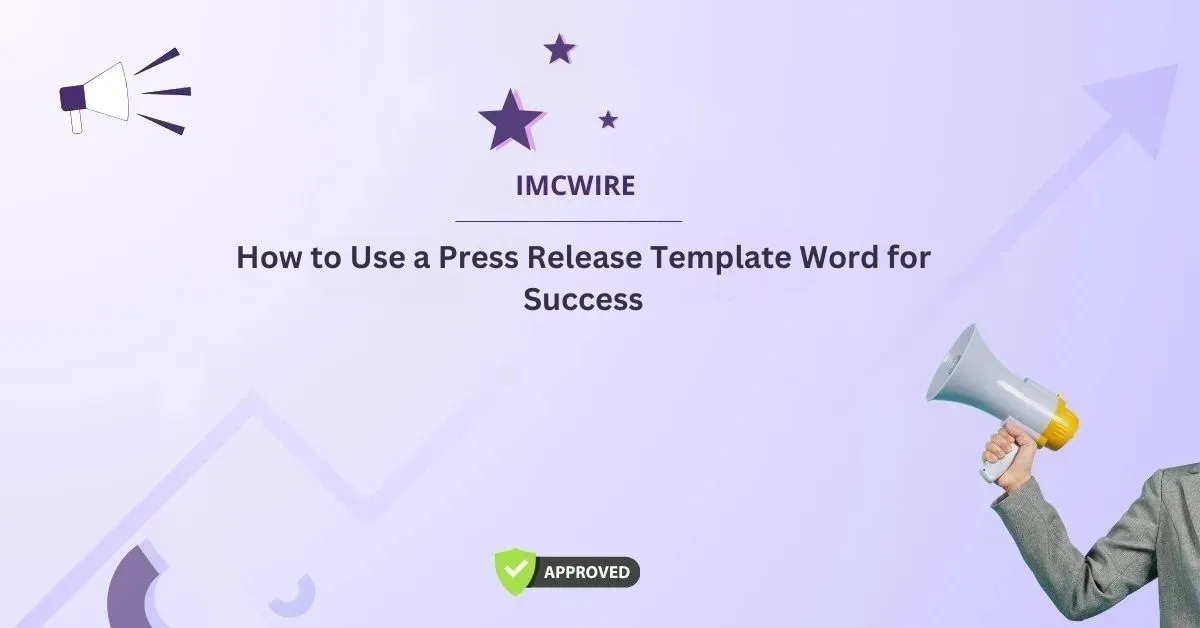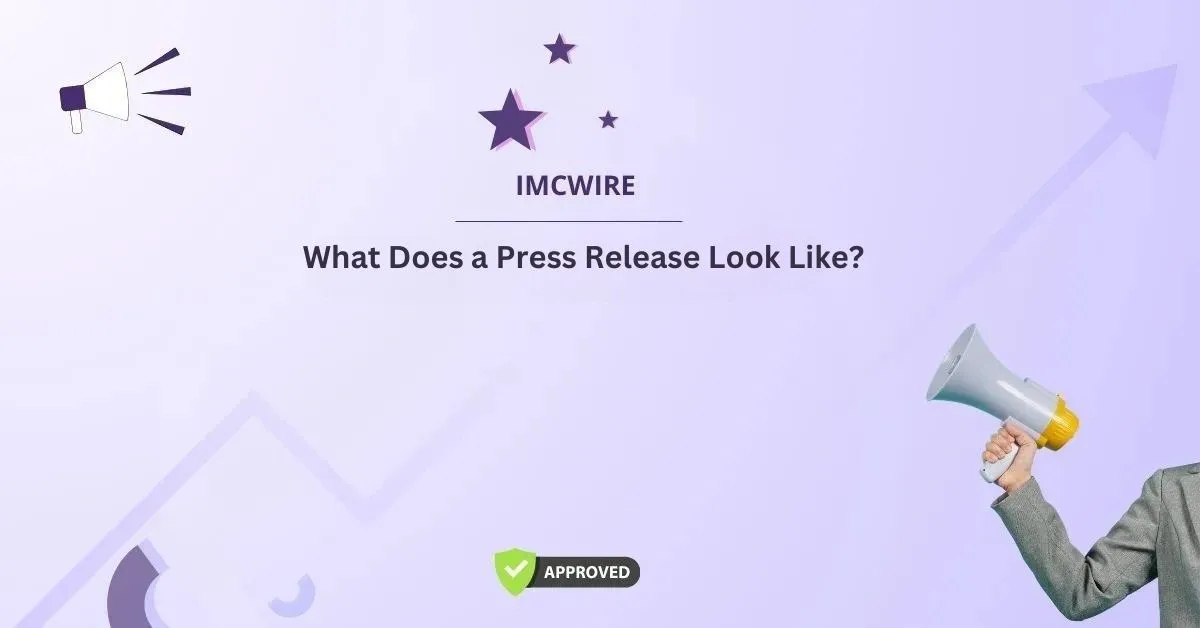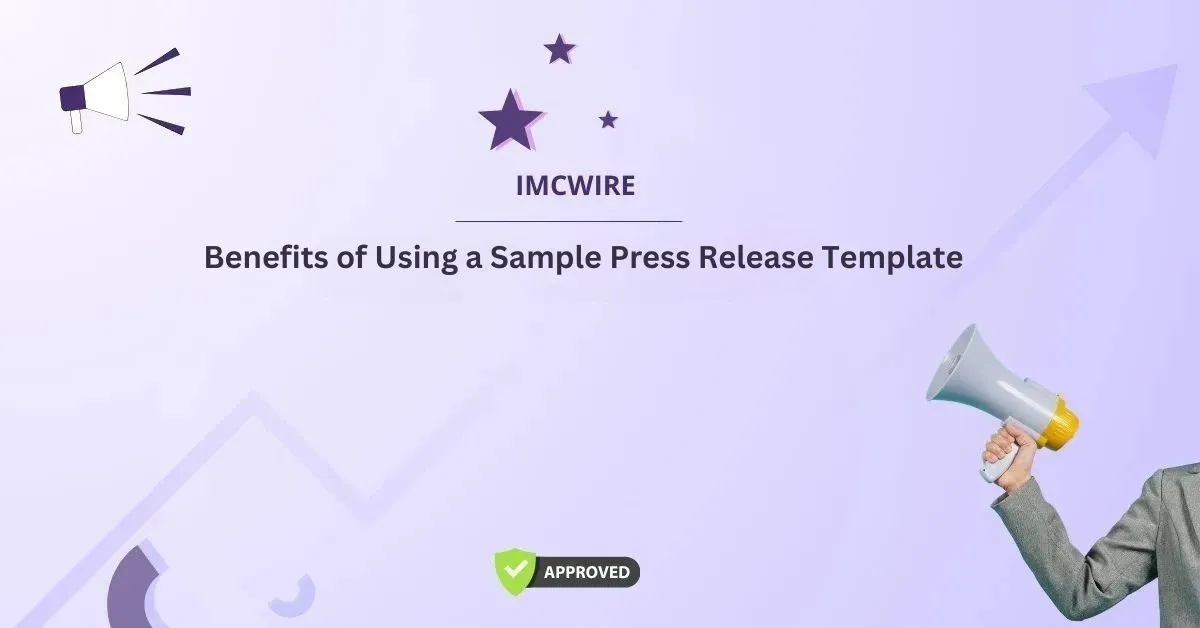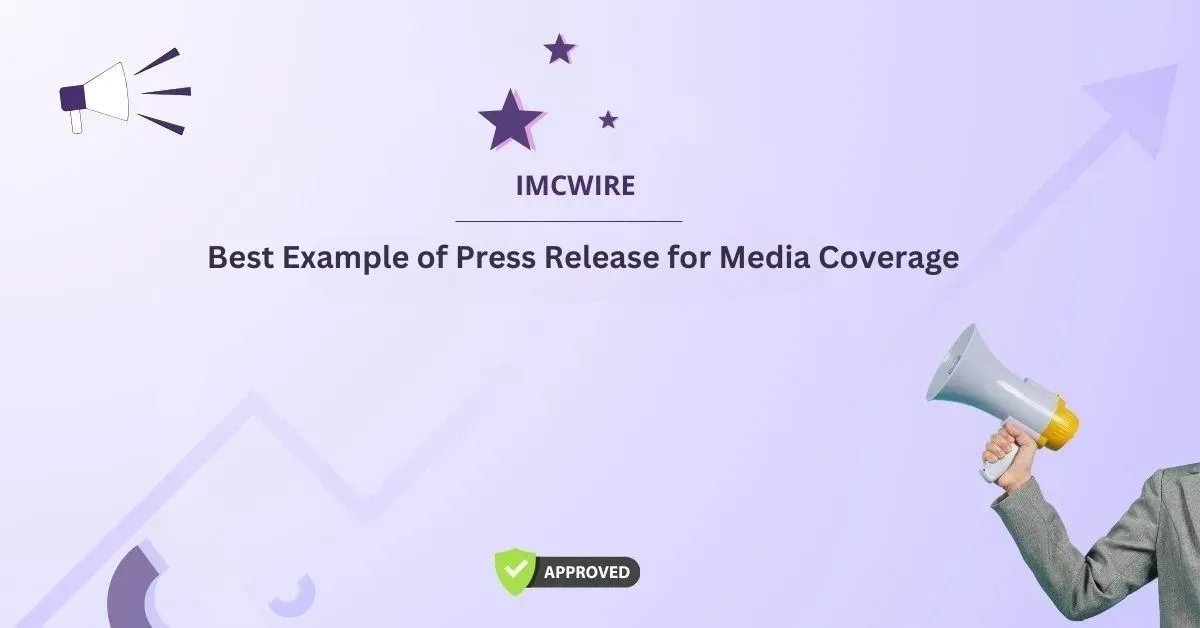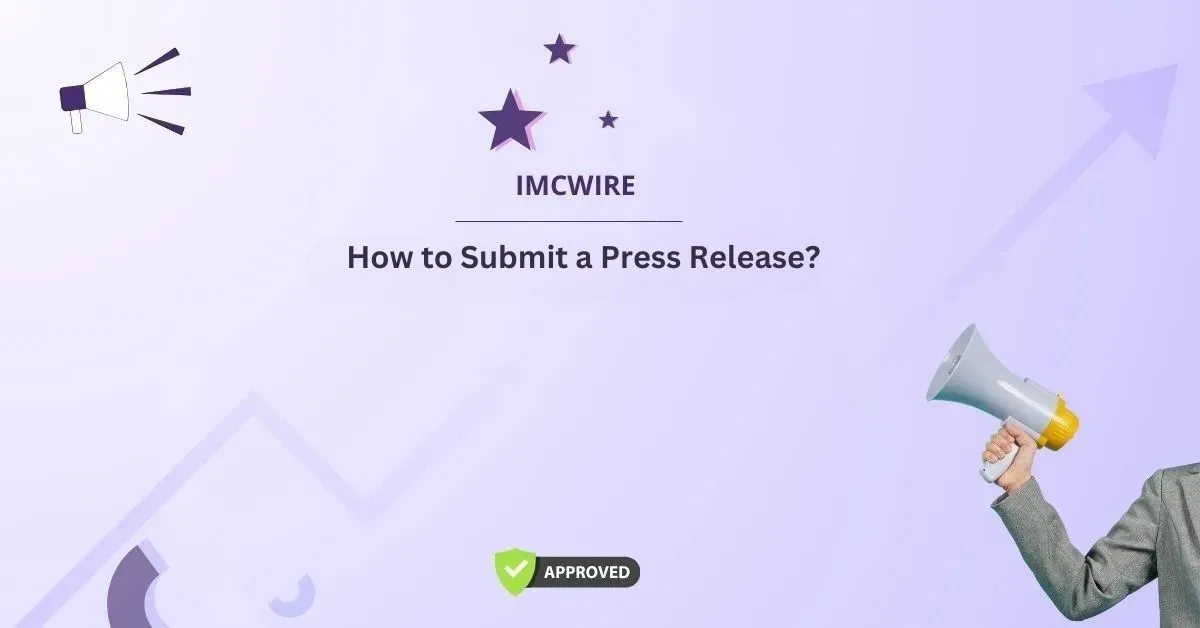 Hayden.Hunt
Hayden.Hunt
Press Release Meaning Explained for PR and Marketing Professionals
A press release is a powerful tool used by businesses, organizations, and individuals to communicate news, updates, or announcements to the media and the public. In the world of Public Relations (PR), understanding the “press release meaning” is crucial for effective communication. This blog explores the definition of a press release, its purpose, key components, and how it plays a significant role in creating visibility and shaping public perception. What is a Press Release? A press release is a written statement or announcement typically issued by a company or organization to inform the media about a particular event, product launch, partnership, or any other important news. It is essentially a communication tool that allows the company to control its narrative by delivering important information in a concise, factual, and professional manner. Press releases are often sent to journalists, reporters, and news outlets, and they can be distributed through various platforms, including news wires, media outlets, and company websites. The main goal of a press release is to make a significant impact on media coverage, ensuring that the message reaches a broad audience. Unlike advertisements, press releases are seen as more credible by the public because they are associated with journalistic coverage and media outlets. The Purpose of a Press Release Press releases are created for several purposes, each of which helps organizations manage their communication and enhance their public image. Some common reasons for issuing a press release include: Key Components of a Press Release A well-crafted press release follows a standard structure that ensures the message is clear, informative, and appealing to the media. Below are the essential components of a press release: 1. Headline The headline is the first thing journalists and readers will see, so it should be compelling, concise, and informative. A good headline captures attention and clearly conveys the essence of the news. Ideally, it should answer the question: “Why is this newsworthy?” 2. Subheadline (Optional) A subheadline, while optional, can be used to provide additional context or further explain the headline. It helps clarify the main point of the release in a few extra words. 3. Dateline The dateline includes the city where the press release is being issued and the date of the announcement. This allows the media to know when and where the news is originating. 4. Introduction (Lead Paragraph) The lead paragraph is the most important part of the press release. It should succinctly answer the key questions: Who, What, When, Where, Why, and How. It provides a quick summary of the news and should capture the reader’s attention. 5. Body of the Press Release The body of the press release expands on the information provided in the introduction, offering more detailed insights, quotes, and supporting data. The body can be divided into several paragraphs, each focusing on a particular aspect of the news being shared. It’s essential to keep the tone professional and objective while ensuring that the content is informative and relevant. 6. Quotes Including quotes from key stakeholders—such as executives, industry experts, or partners—adds credibility and a human element to the press release. These quotes should be meaningful and relevant to the news being shared. 7. Call to Action A press release often ends with a call to action (CTA), directing readers to take further steps, such as visiting a website for more information, attending an event, or purchasing a product. The CTA should be clear and actionable. 8. Boilerplate The boilerplate is a brief, standardized paragraph at the end of the press release that provides background information about the company, organization, or individual issuing the release. It typically includes the company’s mission, history, and key facts. 9. Contact Information Press releases must provide contact details for a media representative, such as a PR person or spokesperson, in case journalists need further information or clarification. How Press Releases Impact Public Relations and Media Outreach Press releases play a critical role in public relations by enabling businesses to maintain control over their messaging and get media attention. Here’s how press releases can impact PR efforts: Press Release Distribution: Reaching the Right Audience Once a press release is written, distributing it effectively is just as important. There are various ways to distribute a press release, including: Tips for Writing a Successful Press Release To ensure your press release stands out and captures the attention of journalists, consider these tips: Conclusion In the world of communication and public relations, understanding “press release meaning” is essential for anyone looking to enhance their brand’s presence in the media. A well-crafted press release helps businesses manage their reputation, share important news, and establish credibility with the public. By following best practices in press release writing and distribution, organizations can maximize their chances of gaining media attention and achieving their PR goals. Get Featured on Top News Media Outlets with IMCWire
What Does a Press Release Look Like and Why It Matters to Your Brand
what does a press release look like

